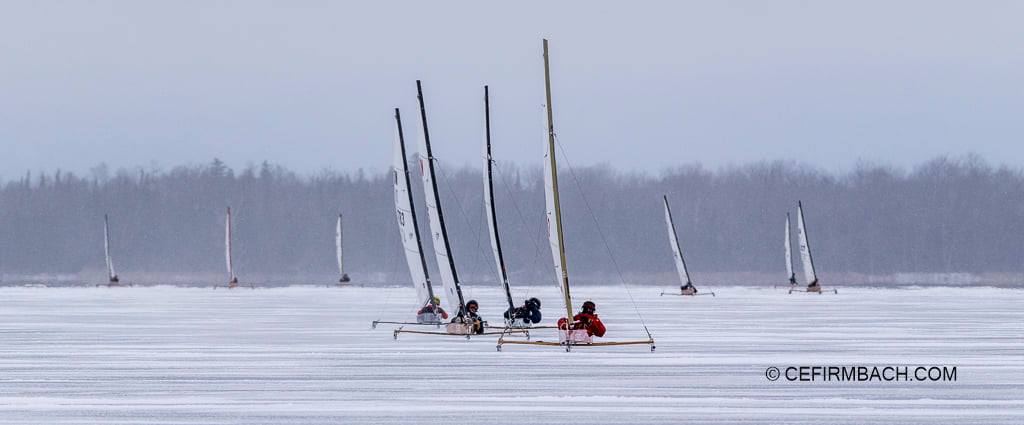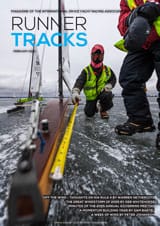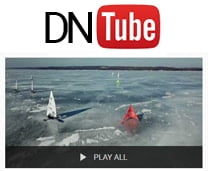
Ken Smith’s US4137 reflections about the 2021 U.S. Nationals Regatta.
Racing Ethics and Sportsmanship
The Situation. You are at a regatta in a substantial fleet. Racing is competitive and the committee includes scorers and starters. The course marks include weather and leeward orange triangle mark with green Darling marks set 50 yards from the turning marks. A fleet lines up and is started. The racers notice that the weather orange mark has fallen and is not visible.
The Competitor‘s View. A competitor (Z) in the top third observes several of the top boats rounding the green mark, and others rounding a spot in a drift where he thinks the fallen mark should be. He heads for that spot and sees then rounds the fallen mark. This repeats during the subsequent laps, some rounding the fallen mark and some the green mark. After finishing, Z tells the PRO what he observed. Z could not identify what boats failed to round the fallen mark and stated he intended to protest. Several competitors overheard this exchange and acknowledged they had rounded the green mark.
No one withdrew. No protest was filed.
Some observations:
1. Rounding the green mark shortened the race by 300 yards.
2. No one was stationed at the weather mark observing roundings.
3. The fleet sailed two different courses.
4. When the marks were set, no cone or other marker was placed at or near the weather mark. Having something else nearby is common practice. Often the race instructions identify such things as “considered as part of the mark.”
5. COVID and two launch areas made filing and hearing protests difficult.Competitors’ Sporting Obligation. Upon learning one has not sailed the proper course, or one committed an error on the course (a foul, striking a mark, missing a mark, etc.), the expected sporting thing to do is notify the PRO or other race official and withdraw from that race.
Race Committee’s Obligation. Once the race officials are made aware of an error like this, they are obligated to take action to make the race fair. Their options include:
a. Throw out the race.
b. Have a skipper meeting and ask who improperly rounded the weather mark.
c. Convene the protest committee and they assign appropriate penalties or redress.
d. Re-run the race.Race Committee Avoidance Strategies. Place secondary cones. These keep competitors away from the marks and are visible should a mark go down. Place mark observers at weather mark. I am sure there would have been one there had one been available.
My Takeaway. I am disappointed with my fellow competitors. Failing to acknowledge the unfair-ness of the race and take public responsibility is a breach of sportsmanship. Sorry, but I think less of some as a result.
Looking at the final standings, with so many races, dropping a race or a competitor dropping out of that race would have changed the outcome and final standings little, if at all.
The Race Committee could have avoided the issue had a cone been placed near the mark, and this was suggested during the event well prior to the offending race. It is disappointing that no action was taken even after the events as described and acknowledged came to the Race Committee’s attention.
After an otherwise excellent regatta, it’s a shame to leave with any ill feelings.
Ken Smith US4137

